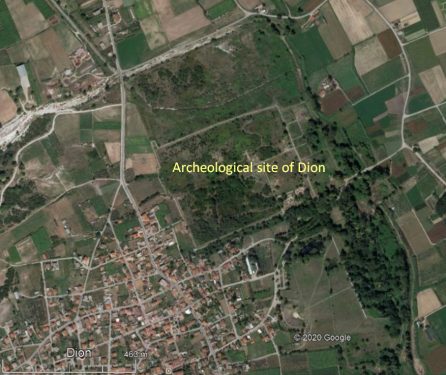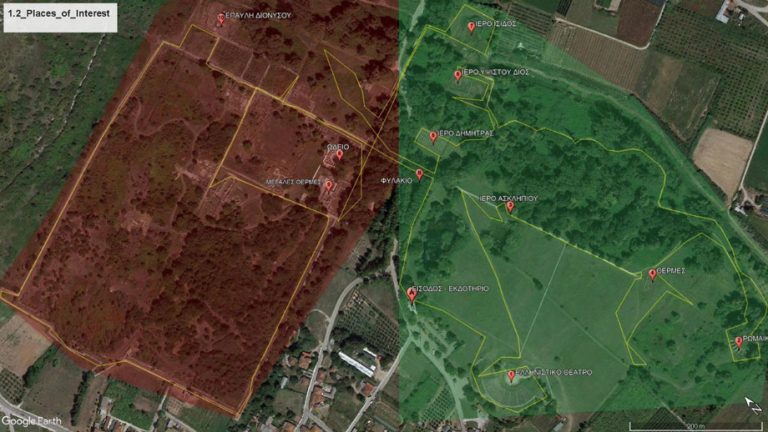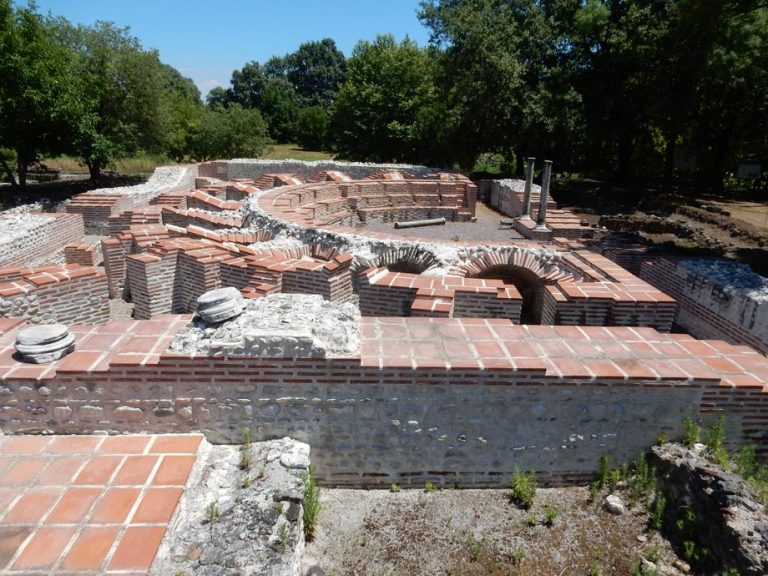The site of Dion, apart from its great archaeological importance, is a destination of visit for thousands of visitors from Greece and from around the world every year. Also, during cultural events that take place in the Hellenistic theater, such as those of the annual Olympus Festival, thousands of visitors simultaneously flock the place. It is obvious that visitor safety is a key priority.
The rich natural vegetation in the area, the large number of visitors during the summer months and the organization of the Olympus Festival in July and August, make the possibility of a forest fire a potential natural hazard for which there must be planning, forecasting and a plan for immediate response. Also, the location of Dion at the base of Mount Olympus, at the exit of the torrent Urlia that descends from the mountain contributing to the Vaphyras river, as well as the existing history of catastrophic floods in the archaeological site, indicate the need for appropriate planning and forecasting for the event a flood that could cause problems or even create danger for the site and its visitors. In fact, the extreme weather events that are becoming more frequent due to climate change further increase the likelihood of the occurrence of these natural hazards.












